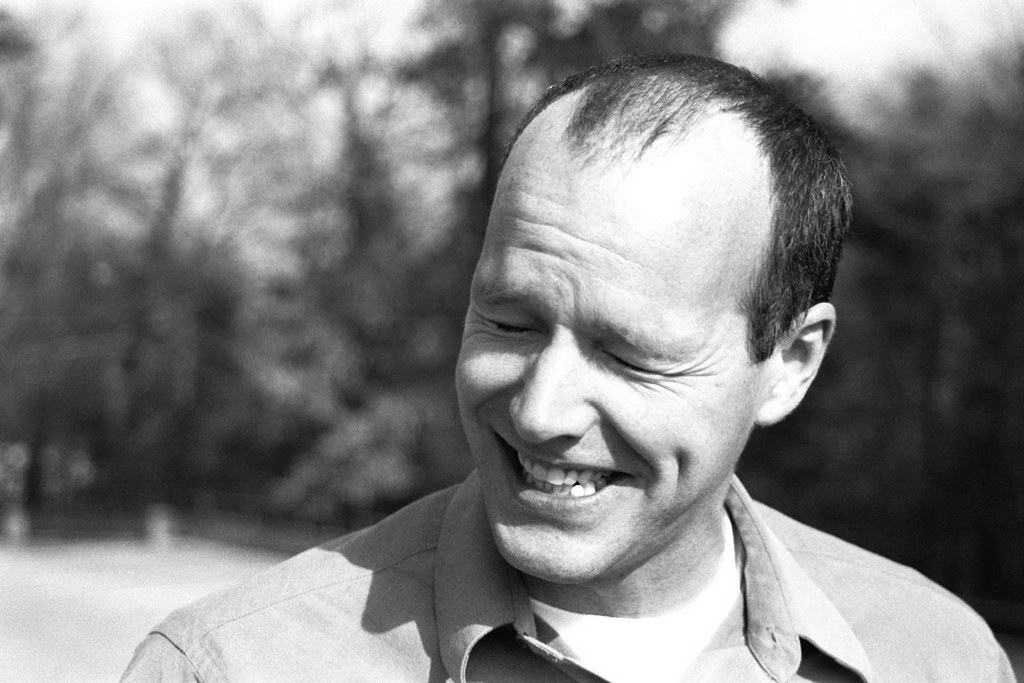"Ye White Antarctic Birds" by Lisa Jarnot
Ye white antarctic birds of upper 57th street,you gallery of white antarctic birds, you street
with white antarctic birds and cabs and white
antarctic birds you street, ye and you the
street and birds I walk upon the galleries of
streets and birds and longings, you the birds
antarctic of the conversations and the bank
machines, you the atm of longing, the longing
for the atm machines, you the lover of the
banks and me and birds and others too and
cabs, and you the cabs and you the subtle
longing birds and me, and you the
conversations yet antarctic, and soup and
teeming white antarctic birds and you the
books and phones and atms the bank
machines antarctic, and you the banks and
cabs, and him the one I love, and those who
love me not, and all antarctic longings, and all
the birds and cabs and also on the street
antarctic of this longing.
God, I love this poem. It starts off with such a bang of an impossibility and hurtles after it with ecstatic determination. And so what are these birds and where is this place? The poem begs those questions but almost immediately renders such questions moot with its insistence and repetition of those antarctic birds. Whatever and wherever the birds are, the birds are.
But it's worth thinking about at least the where part briefly. I assume Jarnot is referring to 57th Street in New York, one of the main shopping drags just south of Central Park lined with shops like Tiffany's.
So given that, there are ways of thinking about the birds as symbols of something, but that is the less interesting exercise I think. What's more interesting to me is the way the way the "ye," "you," "I" and "him" shift positions and the way the birds become a stand-in for the inexplicable, a way of saying the unsayable.
"Ye" and "you" refer to two different things at the beginning: "ye" to the antarctic birds and "you" to the streets. As soon as the "I" appears, "longing" also appears and the longing is perhaps connected to being in a "gallery," where one can look but not touch perhaps? can desire but not have? And the longing continues; the references to money increase, and the birds and streets and banks and cabs and you increasingly conflate, and longing begins to pervade all these things, "the subtle [now] longing birds."
And though objects and people conflate in the poem, the only communication in the poem is referred to as simply "conversation;" no one says anything to anyone, listens to anyone, or touches anyone. And eventually the conversations become "conversations yet antarctic."
So how to read "antarctic?" Frigid, remote, unpopulated?
So there's this presentation of being adrift and ecstatic and longing in the midst of this frigid, incomprehensible consumer-land. And yet there's also love, love at-large and small: "him the one I love" and "the ones who love me not." And all those "longings" finally meet "antarctic," and the poem ends in this incredible synthesis of all the permutations that have accrued throughout the poem, so whatever divisions may have existed between birds, cabs, ye, you, I, him, streets, etc. are connected in antarctic longing.
So all this chaos comes together in the end but not to closure; the poem comes together and opens generously and optimistically outward in a gesture of encompassing and compelling compassion.
When I read this poem, I feel like I know exactly how the experience of this poem feels -- that combination of excitement, doubt, longing, fear, joy, desire, and pessimism that makes me feel like I'm running along the edge of the world.
Labels: Lisa Jarnot


1 Comments:
You might enjoy this emulation:
http://qarrtsiluni.com/2012/05/07/o-great-maritime-bears/
M
__________
Marie Marshall
author/poet/editor
Scotland
http://mairibheag.com
http://kvennarad.wordpress.com
Post a Comment
<< Home